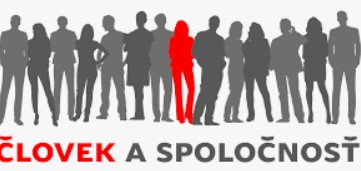MEASURING THE RISK OF IMMIGRATION RELATED CONFLICTS
MEASURING THE RISK OF IMMIGRATION RELATED CONFLICTS
Author(s): Helina Maasing, Oliver Nahkur, Ave Roots, Mare AinsaarSubject(s): Studies in violence and power, Migration Studies, Inter-Ethnic Relations, Ethnic Minorities Studies
Published by: SAV - Slovenská akadémia vied - Spoločenskovedný ústav SAV
Keywords: Conflict risk; Immigration; Composite index; European Social Survey;
Summary/Abstract: There has been widespread concern among policymakers that intensive immigration can drive anti-immigrant attitudes, which may further develop into ethnic strife. In order to systematically monitor immigration-related conflict in society, the authors have constructed a theoretical composite conflict risk index for measuring immigration-related conflict risk at a subnational level. The index is called MICRI, short for immigration-related conflict risk index. The index offers new input to the quantitative conflict risk modelling by including subjective indicators, which usually are missing from risk indices, along with objective indicators. The reason behind that is the growing understanding between scholars that groups´ perceived grievances play an important role in whether a conflict arises or not. Therefore, capturing the subjective “feelings” of a group allows us to go closer to the source of conflict, and help to generate a better out-come in risk predictions. Thus, MICRI consists of 17 indicators, out of which thirteen (13) are subjective and four (4) are objective indicators. The data was sourced from the European Social Survey and national statistical database. These sources met the criteria set for data: the data includes information about all the main risk dimensions, including the subjective perceptions of persons; and the data is regularly updated, reliable, provides regional level information and is easily accessible for international use. The article presents the methodology and data behind the indicators, evaluates the index´s internal consistency using the quantitative regional level data of 75 Estonian municipalities. In constructing the values of MICRI, we followed four consecutive steps: (1) computing the values of the indicators for each municipality; (2) normalising; (3) weighting; and (4) aggregating of the indicators. All indicator were compiled in ten different risk dimensions – identity, distrust, value difference, perceived threat, perceived inequality, dissatisfaction, poor communication, low norm obedience, availability of resources, and regional immigration level – which formed a cumulative index value. The validity of the index was controlled with data of (75) Estonian municipalities from the period 2014 – 2018. The results of initial testing show that the internal consistency of MICRI is good; c-alpha = 0.698, which indicates a good potential for the index´s performance. The future research will focus on external validation of the index and will expand its use internationally.
Journal: Človek a spoločnosť
- Issue Year: 24/2021
- Issue No: 4
- Page Range: 1-24
- Page Count: 24
- Language: English

